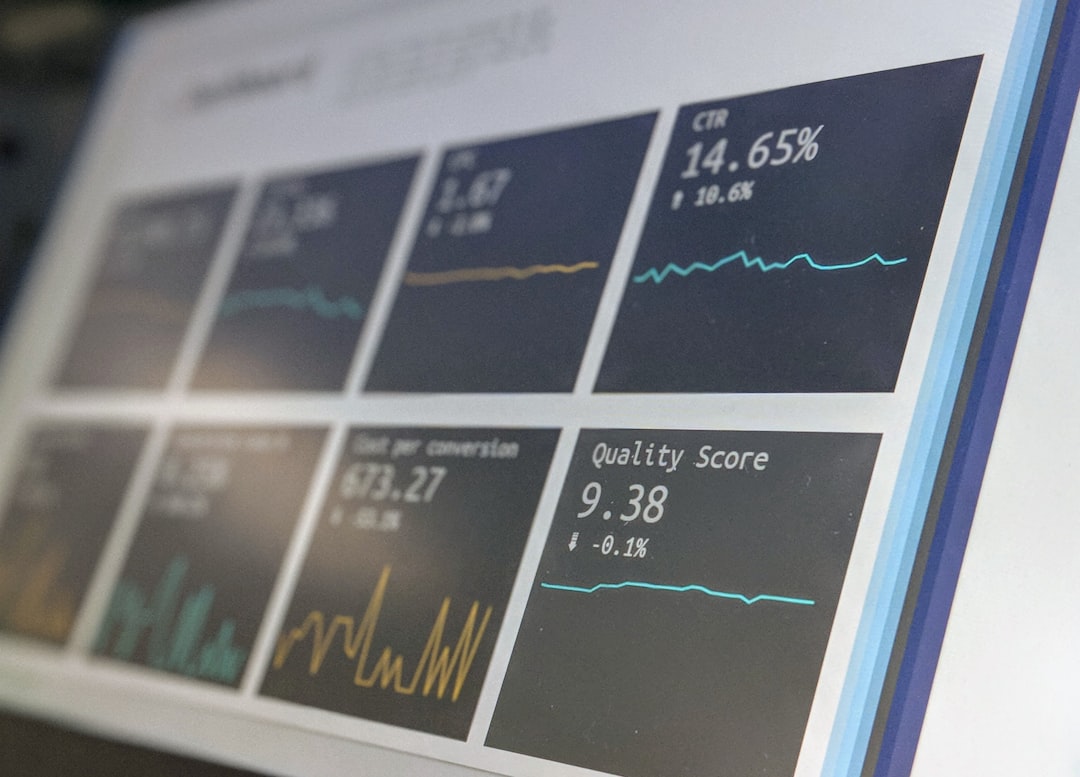
The Essential Economic News Every Business Leader Should Know.
# Introduction. In today's fast-paced world, economic news plays a significant role in shaping the strategies and decisions of business leaders. With markets constantly fluctuating and new policies emerging, staying informed about economic trends, forecasts, and potential disruptions is vital for businesses aiming to thrive in competitive landscapes. This blog post explores the essential economic news that every business leader should prioritize, providing insights into how it can influence their operations and strategic planning. # Understanding Economic Indicators. Economic indicators are statistics or data points that provide insights into the health of an economy. For business leaders, understanding these indicators is essential for forecasting business performance and making informed decisions. Key indicators include Gross Domestic Product (GDP), unemployment rates, inflation rates, and consumer confidence indices. These indicators can influence market conditions, consumer spending habits, and investment strategies. For instance, a rising GDP may signal economic growth, while higher unemployment rates could indicate a potential recession. By tracking these indicators, business leaders can adjust their strategies accordingly, positioning their companies to seize opportunities or mitigate risks. # The Impact of Monetary Policies. Monetary policies implemented by central banks, such as interest rate adjustments and quantitative easing measures, can have profound effects on businesses. Lower interest rates can stimulate borrowing and investment, thus boosting economic activity, while higher rates can cool down an overheating economy. Business leaders should stay abreast of central bank decisions and their implications for financing costs, consumer behavior, and overall economic stability. Additionally, understanding how these policies affect currency fluctuations can be crucial, especially for companies engaged in international trade. # Global Economic Developments. In an increasingly interconnected world, global economic developments can impact local markets significantly. Events such as trade agreements, geopolitical tensions, and international economic summits can alter market dynamics and influence business strategies. For example, changes in tariffs or trade policies can affect supply chains, pricing strategies, and market access. Business leaders must remain vigilant about global trends, leveraging this knowledge to adapt their initiatives and strategies to mitigate potential disruptions while embracing new opportunities for growth. # Technological Advancements and Their Economic Implications. The rapid advancement of technology has transformed industries and created new economic landscapes. Business leaders should focus on understanding how technological innovations—such as artificial intelligence, blockchain, and e-commerce—are reshaping consumer expectations, workforce dynamics, and operational efficiency. By staying informed about technological trends, leaders can harness these innovations to enhance productivity, create new revenue streams, and optimize customer experiences. Moreover, recognizing the economic implications of such advancements helps business leaders make informed decisions about investments and resource allocation. # Preparing for Economic Uncertainty. Economic uncertainty poses significant challenges for businesses, often leading to fluctuations in market demand and profitability. Business leaders should develop strategies that allow for flexibility and adaptability in the face of unforeseen circumstances. This includes creating contingency plans, diversifying revenue streams, and leveraging data analytics for informed decision-making. Incorporating risk management strategies into business planning can help organizations weather economic downturns and emerge stronger when conditions improve. # Conclusion. In conclusion, keeping abreast of economic news is essential for business leaders aiming to navigate the complexities of the modern economy. By understanding economic indicators, monitoring monetary policies, analyzing global developments, embracing technological advancements, and preparing for uncertainties, leaders can make informed decisions that foster resilience and growth in their organizations. Prioritizing economic awareness not only enhances strategic planning but also positions businesses to seize opportunities in an evolving landscape, ultimately ensuring long-term success. .








